Tjitte Weistra, our coach columnist, takes a look at how team events have an impact on young players. Feel free to comment and share your own experience!
Photos: rights reserved.
Since moving to New Zealand in 2004 I have always been intrigued about the impact team event competitions have on the motivation of especially young, developing players. After coaching in Peru, where no team competitions are being played and the focus is entirely on individual events and the development of individual players, the change to New Zealand required a totally different approach from a coaching perspective.
The New Zealand event calendar is full of team events at every age and ability. It is how especially young kids get drawn into the sport. Without the team event competitions, many kids would not be taking up the sport, especially not young girls, who have so many other options to choose from and it is hard for badminton to compete with sports like netball, hockey and (girls’) soccer, which has grown tremendously over the last few years.
Going back to my own playing days as a 12- to 18-year-old, I remember that team events did not play a big role in the yearly calendar. It wasn’t until one got higher up and started playing for a club in the main club leagues and got selected for the national (junior) squad that team events started to kick in and became more important. Here in New Zealand, though, it is very hard to get kids to participate in individual events during the initial stages of their badminton career. So how can this difference be explained? Is it a cultural thing? But what if this is completely opposite from what other countries are doing in terms of player pathways and developing young players?
I have tried to answer these questions over the past seven years and am still not always sure how to take this into consideration from a coaching perspective. I strongly believe in individual player development with team events being (just) a part of the (event) pathway. When team events have to be played, they have to be played, but the emphasis during the season is on how to get individual improvement out of each player, rather than trying to focus on the next team event ahead and staring blind on the best strategy to win the team event. When a team event is coming up, then of course, some attention and detail is given to the specific event but for the majority of the season, players are working on how to get better. In my view, teams will start performing better when each individual player in that team is becoming better. In the end, badminton is an individual sport with some team elements. Agreed?
If, as a coach, you are confident enough that you can “bring a bunch of individual players together” for a team event, then I guess the above should make sense and you will agree with my analysis.
Last month the Wisden Cup was played in New Zealand. It is a team competition in which 6 teams from different regions/associations in New Zealand compete for the National Team title over a period of 5 consecutive days. It is a round robin format and in each tie, 16 matches are played: 4 men’s singles, 4 ladies’ singles, 2 men’s doubles, 2 ladies’ doubles and 4 mixed doubles. International players are allowed to play in these teams (maximum two) and quite a few did. Some well-known players – including Andrew Smith and retired international Tracey Hallam from England, Kim Ji Hyun, former #3 in the world and Kim Ji Nah from Korea, Tim Dettmann from Germany, Leisha Cooper and Ann Louis Slee from Australia, amongst others – played this year.
Why is the above relevant, you may think? Well, I’m trying to get to the point. Bear with me please… Playing 16 matches in a tie is a lot of matches. Ties generally take between 5 and 6 hours to complete and teams have on average 10-12 players. Team ties are intense and the Wisden Cup brings real competitiveness out of people. The competition has been played since 1934 and rivalry gets quite heated during the week which accounts for some scenes here and there. I guess players, coaches, and managers really care about this title, which is great.
The million dollar question is “why do people enjoy this competition so much?” when ties take forever and the overall standard within teams is hard to maintain when you need so many players. The answer will be because team events are so ingrained in the badminton culture here that it carries all the way through a player’s badminton career here. Hence, when players are at the very top in the country, it is still important to them. There are calls to change the format and to heavily reduce the number of matches played per tie so the competition becomes more “elite” and more attractive to spectators. It’s going to be interesting to see the outcome of that process and whether it will be supported or not.
So finally then, my point or perhaps just another question (sorry) which you may wish to answer and give me some feedback on: How important are team events in the development and motivation of young players? I would like to hear from you coaches, players and administrators about the team versus individual culture in your country at grassroots/beginner and elite level.
![COACH’S NOTEBOOK – What impact do team events have on youngsters? Tjitte Weistra, our coach columnist, takes a look at how team events have an impact on young players. Feel free to comment and share your own experience! Photos: rights reserved. […]](https://www.badzine.net/wp-content/uploads/Newsflash-thumbnail.png)
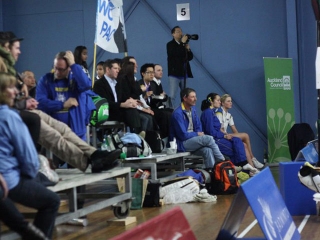
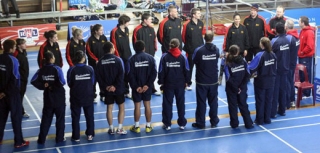
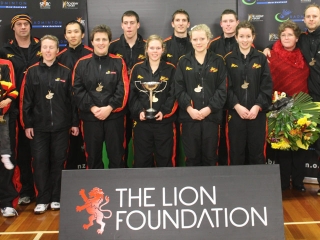
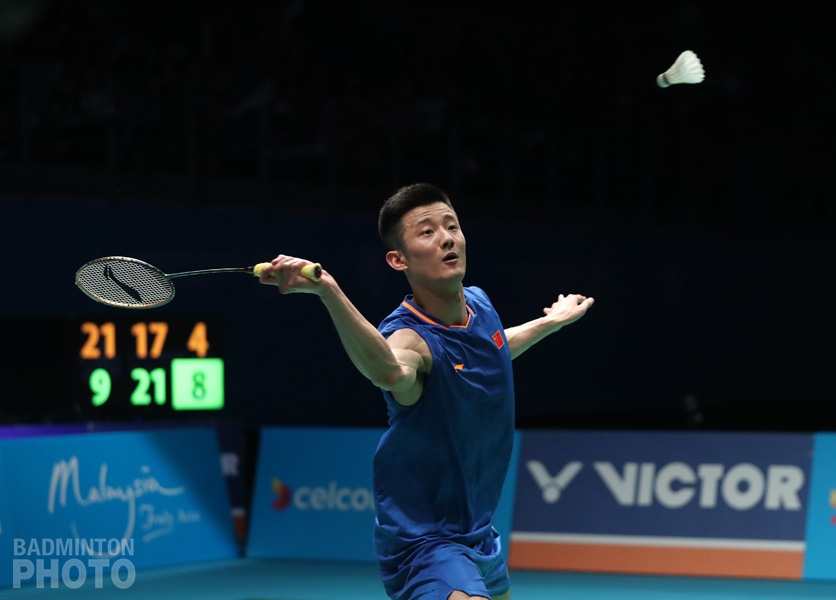
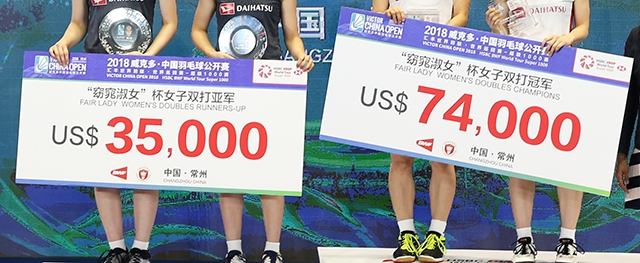
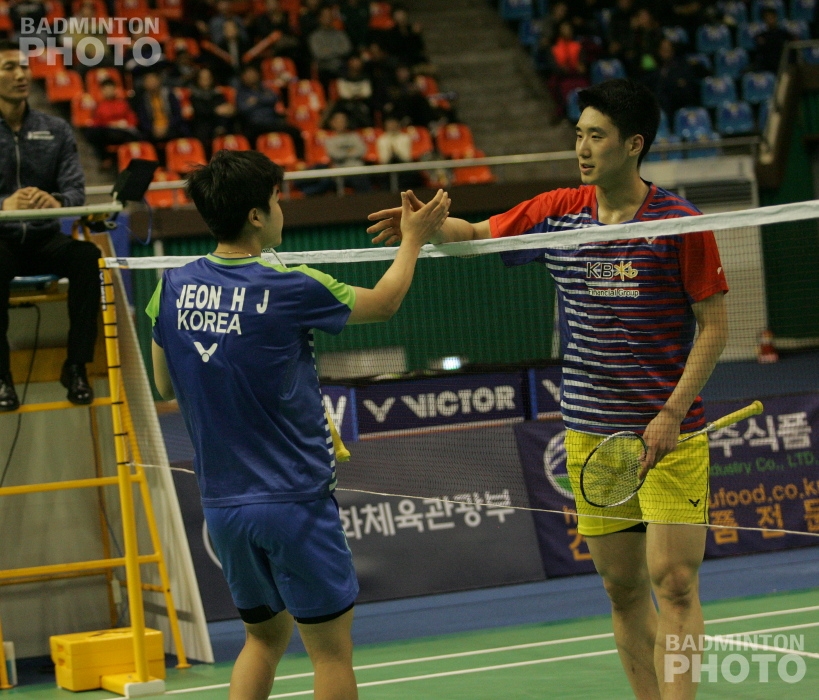
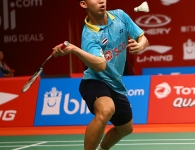

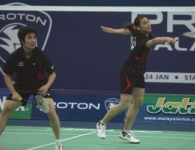
Leave a Reply